I often feel the need to browse through a book immediately after having finished it, as if something went amiss. I do as I did when preparing for an exam in my school years: I reread out loud, underline and write down what might be important in a notebook. As far as reading is concerned, I am always late, don’t mind rereading and never follow the trends. Each book has its own time and more than one way of being interpreted and although I try to engage with books that I think I should have read, this rarely works.
The oeuvre of Jorge Queiroz is the one book that I read constantly: an artistic work that is faithful to itself; a description of aesthetic pleasure. Perhaps the ideal lovers of his works ought to suffer from insomnia and have the time to view and review the same work for hours until exhaustion overcomes them.Or perhaps they should be ready to be taken into the mysteries of the soul; or perhaps they require that sublime ease that comes from being conversant with works of painting from more than an epoch (from medieval painting to the Italian Renaissance, from Bosch to Artemisia Gentileschi, Velázquez, Goya). The oeuvre of Jorge Queiroz is steeped in the conviction that what is loved endures, and that the quest for light is in equal parts narration and portent.
Between those who pause and those who quickly move on, there are also those who reflect on how to recall and think about the visual apocalypse of such richly stratified work, which rewards the time spent before it.
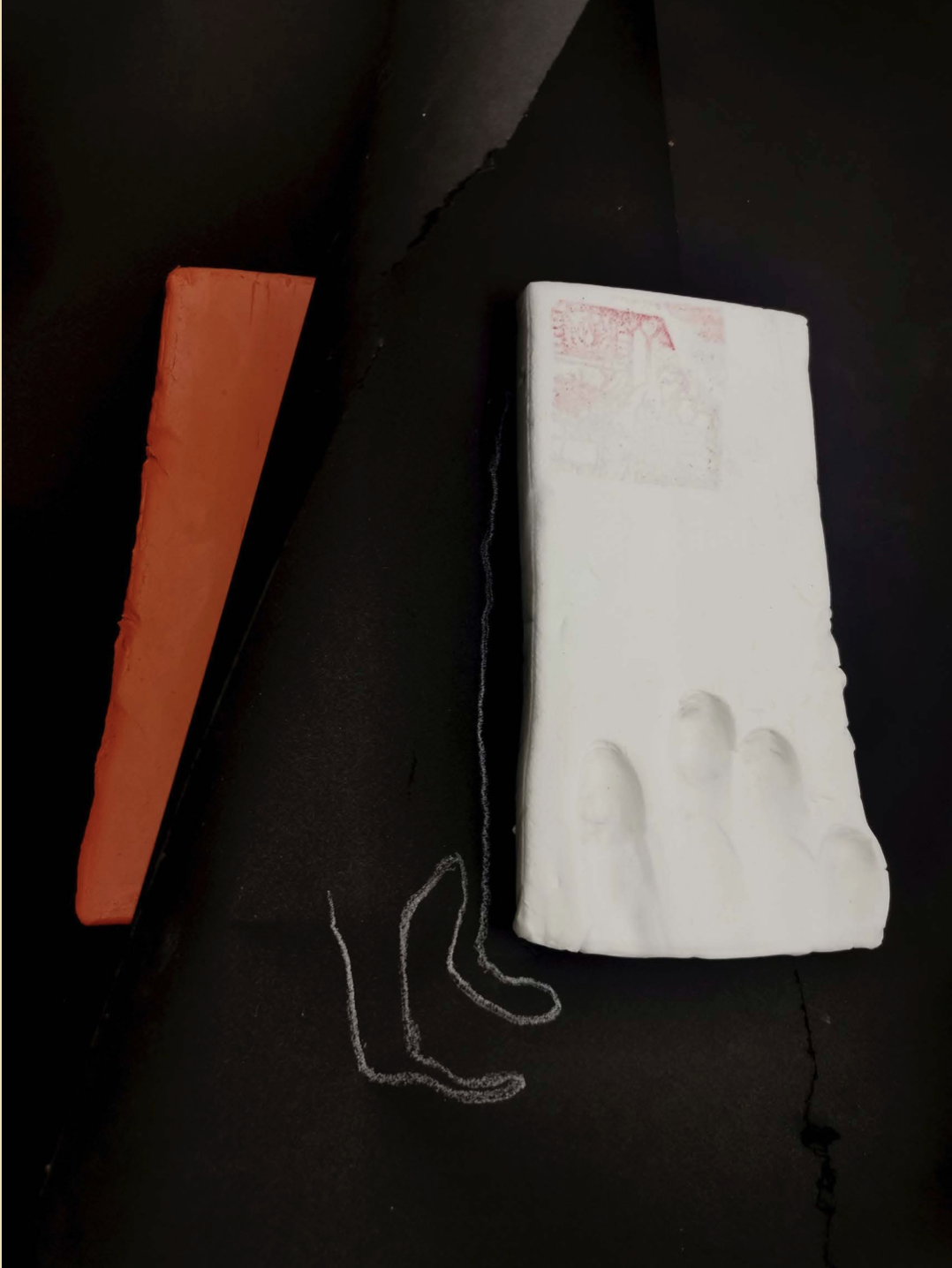
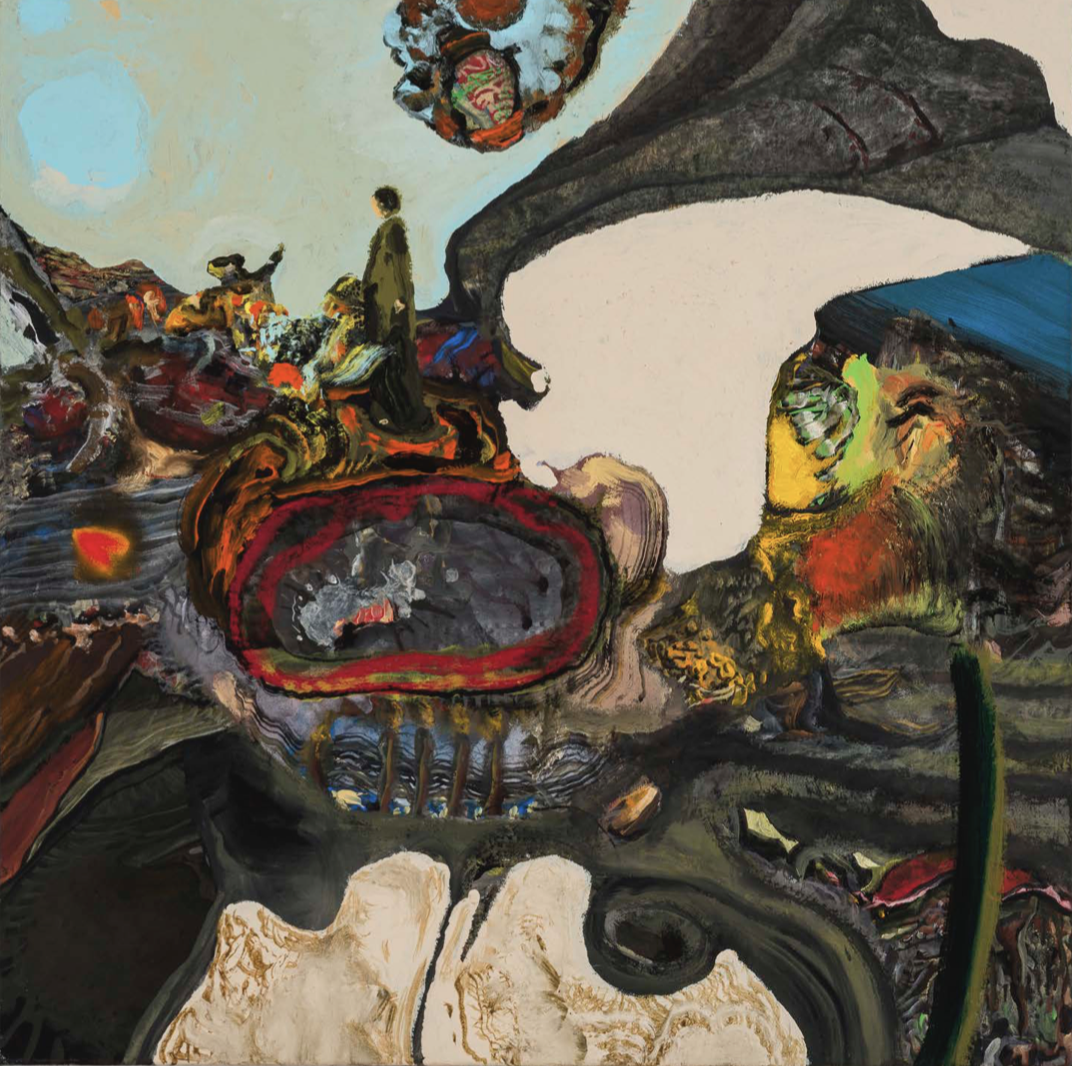
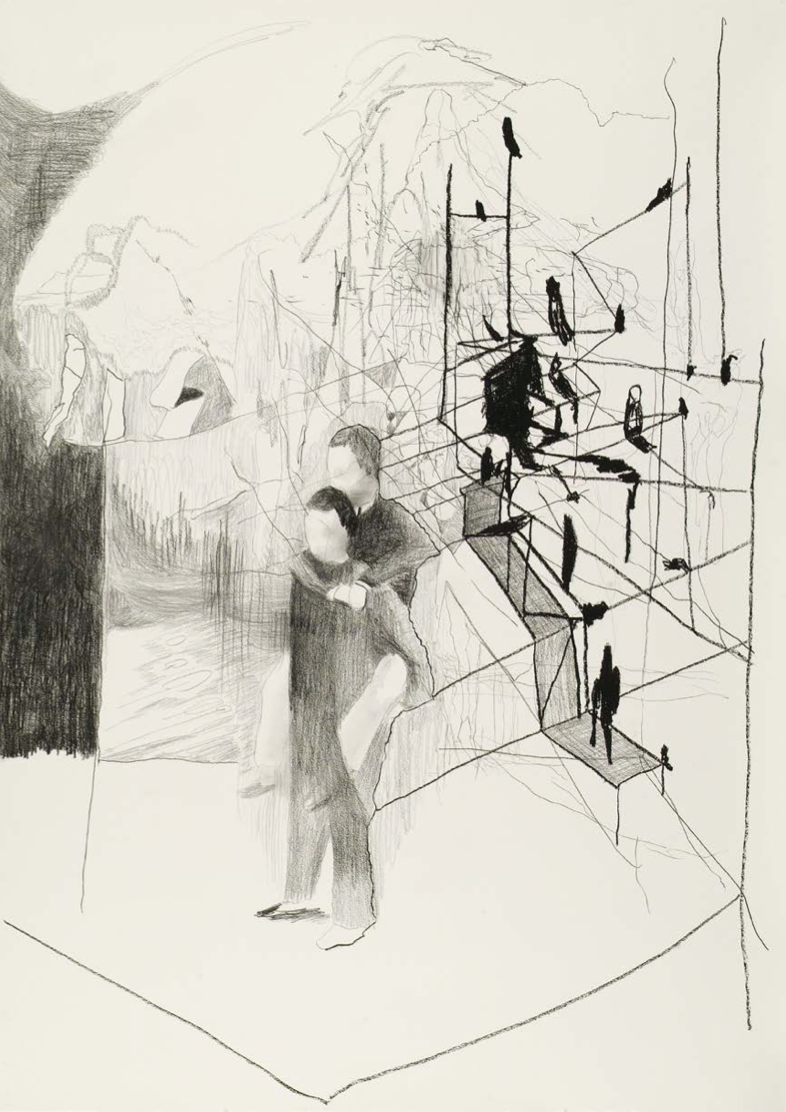
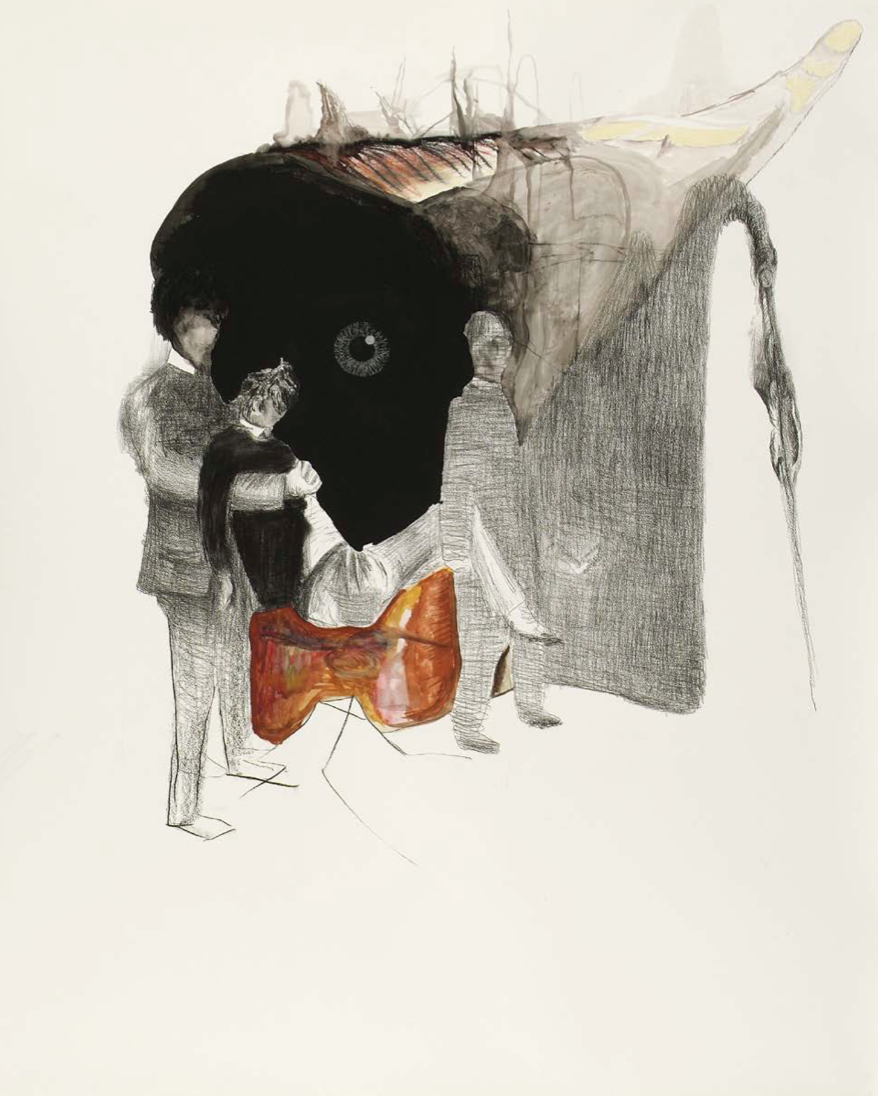

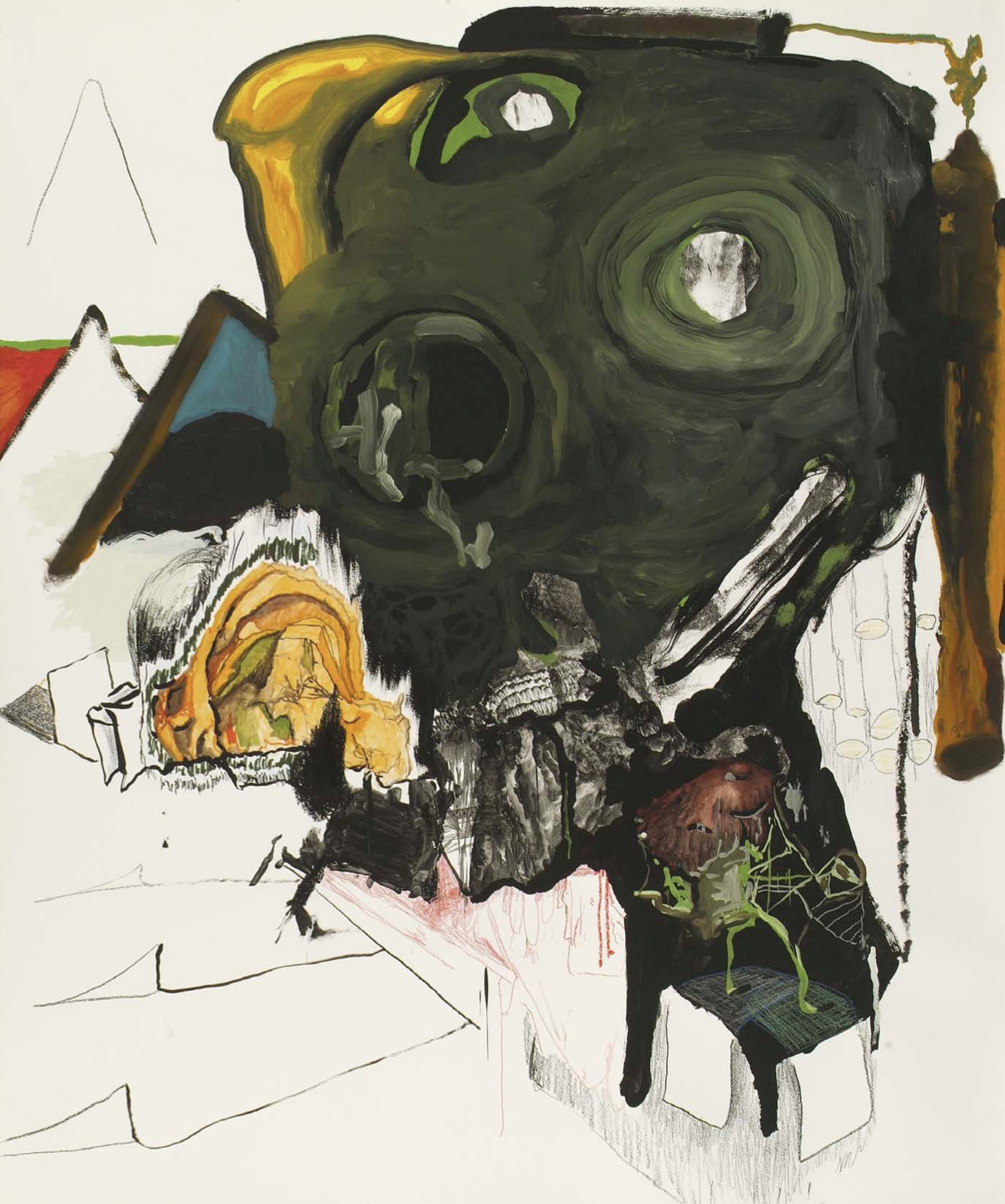
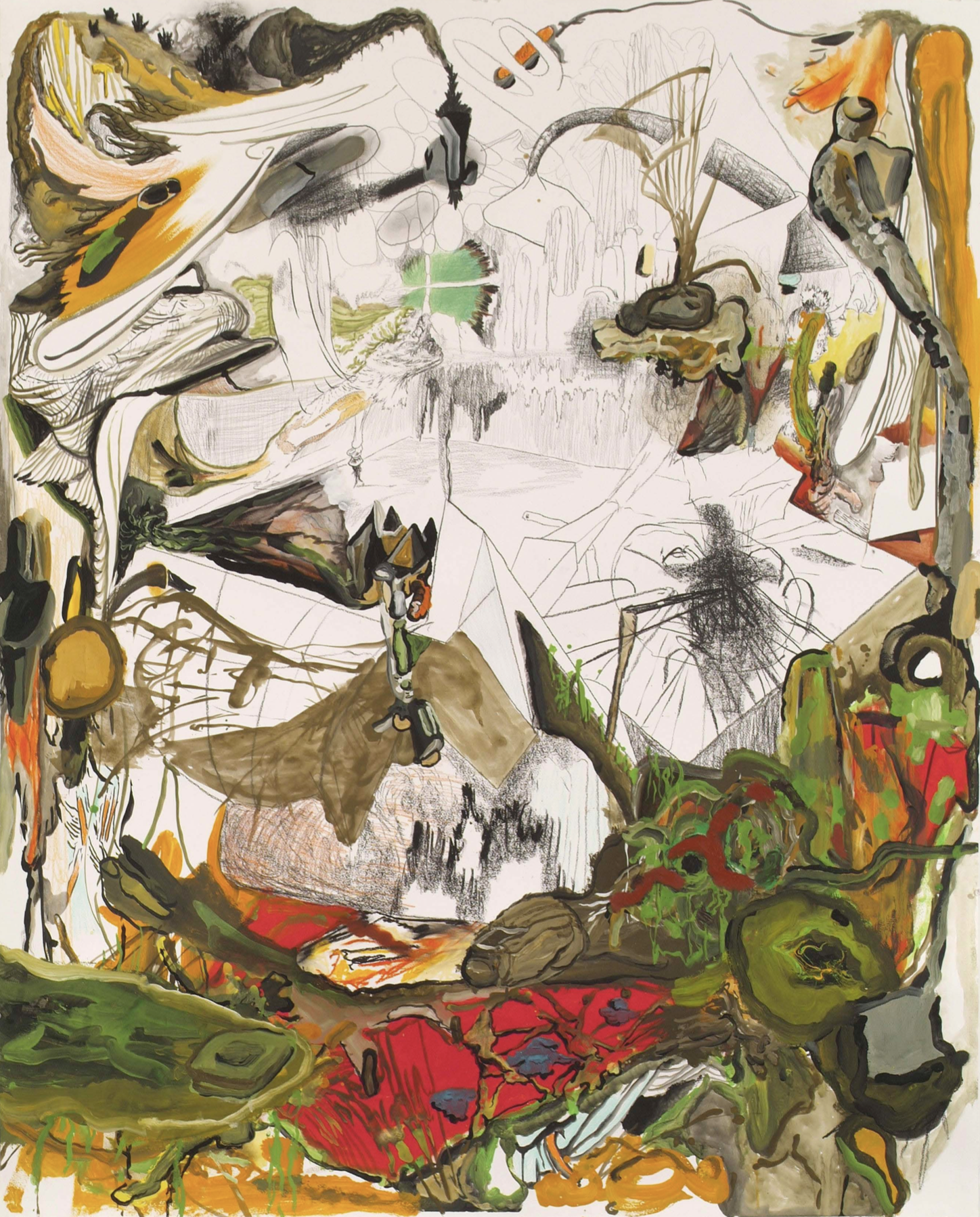
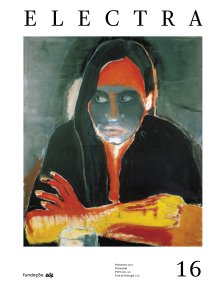
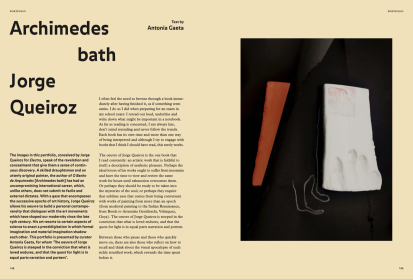
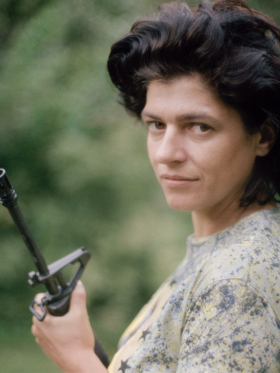
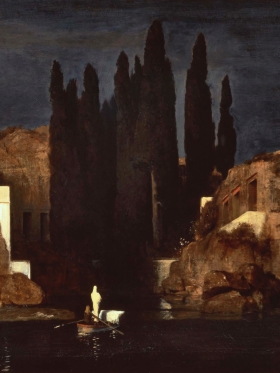
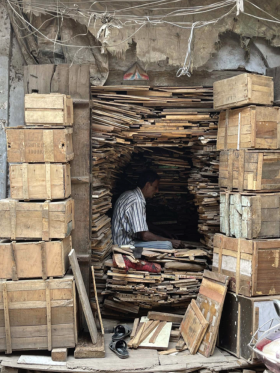
Share article